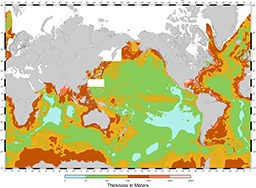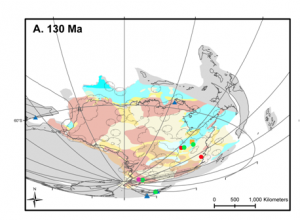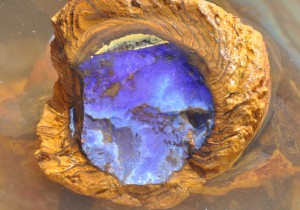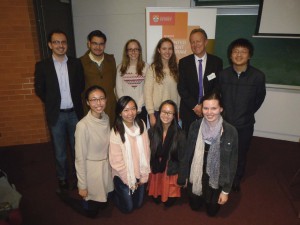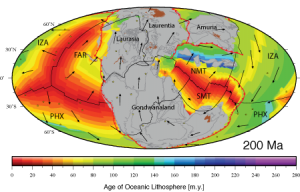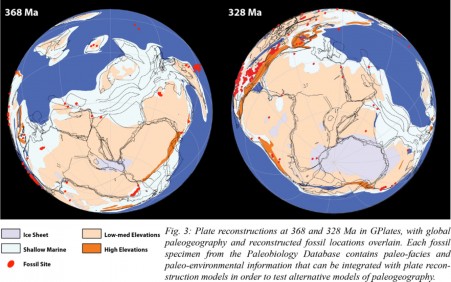 Project Summary
Project Summary
Continents and sedimentary basins through time record fundamental Earth system cycles, reflecting environmental change, migration of fauna and flora and shifting coastlines. It was originally thought that successive advances and retreats of shallow inland seas mainly reflect global sea level variations (eustasy). It is now well known in principle that large-scale surface morphology such as the high topography of the East African Rift, the low-lying Amazon River Basin and the southwest to northeast tilt of the Australian continent are strongly controlled by processes deep within the Earth, but progress has been slow in quantifying the magnitude and time-dependence of these relationships. … Read more…
Big Data project and Earthbyte data mining research features on Australia Unlimited website
The Big Data project and Earthbyte data-mining research was publicised in the “Data mining for gold” story on the Australia unlimited website. The project is now part of “Brand Australia“. Read the article here


